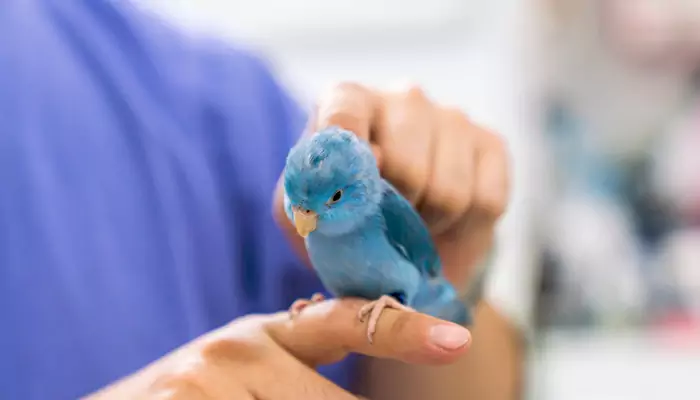World Veterinary Day: Mastering Cross-Species Communication – How Veterinarians Interact With Different Animals
- Admin
- 1 year ago
- 4 minutes read

On World Veterinary Day (April 27th), let’s celebrate the diverse skills that veterinarians employ to communicate effectively across multiple species.
Whether they are treating a cat, a horse, or an exotic bird, veterinarians must adapt their approach to meet the unique needs of each type of animal. Let’s explore how veterinarians tailor their communication techniques to various animals, enhancing both the effectiveness of their treatments and the comfort of their patients.
Communicating with Cats
When dealing with felines, veterinarians use a low-stress approach. Cats are often sensitive to new environments and can become highly stressed by unfamiliar sounds and smells. Vets may use pheromone diffusers to create a calming atmosphere and will approach cats slowly and gently, often letting the cat sniff their hand before initiating contact. Understanding the subtle signs of a cat’s body language, such as tail twitching or ear positioning, helps vets assess stress levels and adjust their handling accordingly.
Interacting with Dogs
Dogs, generally more social than cats, respond well to a friendly and confident approach. Veterinarians often use a cheerful tone of voice and may kneel to get down to a dog’s level. This non-threatening posture helps to build trust. Reading a dog’s body language, like wagging tails or exposed bellies, allows vets to gauge comfort and willingness to cooperate.
Approaching Horses
Communication with horses involves body language and the energy projected by the veterinarian. Horses are sensitive to their surroundings and can pick up on subtle cues from humans, including nervousness. Vets approach horses calmly, often speaking softly while they work. They are aware of the horse’s personal space and make sure to touch and handle them in ways that affirm security, such as maintaining a steady hand and avoiding sudden movements.
Handling Birds

Avian medicine requires a gentle touch and a quiet demeanour. Birds can easily become stressed by handling, so veterinarians often use towels to gently restrain them without causing harm or anxiety. Visual contact is also important; some birds are calmed by direct eye contact, while others may find it threatening, so vets need to be sensitive to individual responses.
Working with Exotic Animals
Veterinarians treating exotic animals must be particularly adaptable, as these creatures often have very specific and diverse needs. Whether it’s a reptile, a small mammal like a ferret, or a marine animal, vets must be knowledgeable about the species-specific behaviours and environmental requirements. Handling techniques vary widely; for instance, some reptiles are calmed by light pressure around the head, while others may require minimal contact to reduce stress.
Challenges Across Species
One of the major challenges veterinarians face in cross-species communication is the wide range of stress responses. Each species may require a different approach to minimize anxiety, and what works for one may not work for another. Furthermore, many signs of discomfort or illness are subtle and can be easily missed without thorough training and experience.
Each species brings its unique challenges, and the adaptability of veterinarians is crucial in navigating these. For example, smaller animals like rabbits and guinea pigs require a gentle approach due to their fragility and propensity for stress. Veterinarians handling these animals ensure a quiet environment and use minimal restraint to avoid causing panic or injury.
Emotional aspect of veterinary communication
The emotional component of veterinary communication also cannot be underestimated. Compassion and empathy are foundational in building trust and rapport not only with the animals but also with their owners. Veterinarians often find themselves explaining procedures and conditions to worried pet owners, requiring clear communication and emotional sensitivity.
Veterinarians are skilled communicators, adept at adjusting their methods to the needs of different species. Their ability to interpret and respond to various animal behaviours is crucial in providing effective care. On World Veterinary Day, we recognize the importance of these specialized communication skills, which not only ensure the health and well-being of animals but also deepen our understanding of the rich emotional lives of our diverse animal companions.












